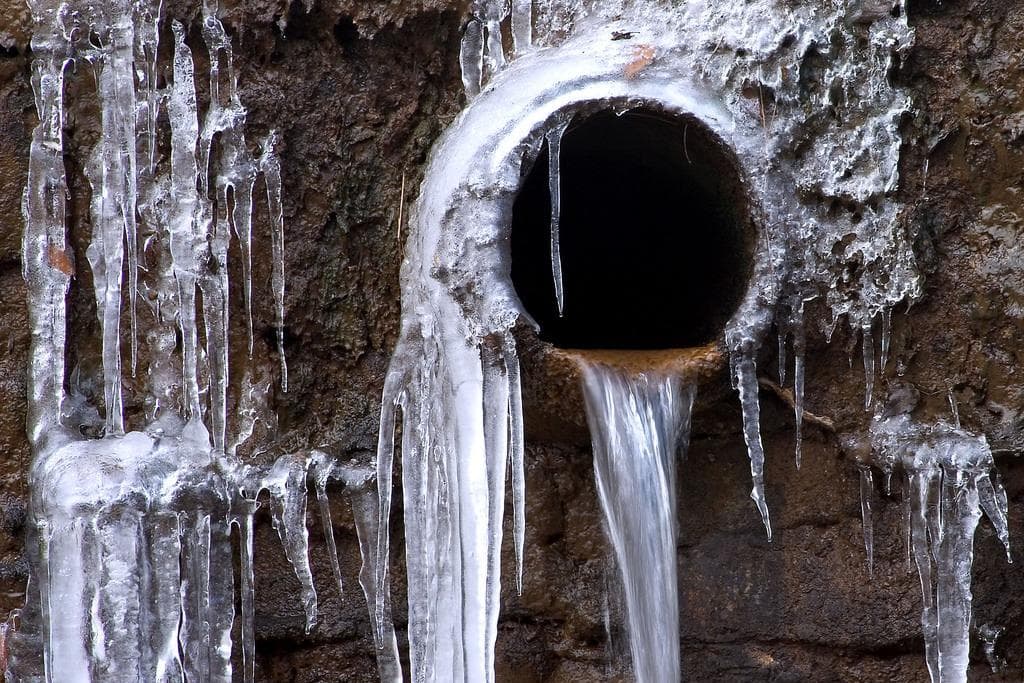Ways to Maintain Your Pipes from Cold Weather Damage: Crucial Tips
Ways to Maintain Your Pipes from Cold Weather Damage: Crucial Tips
Blog Article
Presented here down the page yow will discover additional superb points concerning Preventing and dealing with frozen pipes.

Winter can wreak havoc on your pipes, particularly by freezing pipelines. Right here's just how to prevent it from occurring and what to do if it does.
Intro
As temperatures decrease, the threat of icy pipelines rises, possibly causing costly fixings and water damage. Recognizing how to prevent frozen pipelines is important for property owners in cool environments.
Understanding Frozen Pipes
What triggers pipes to ice up?
Pipes freeze when revealed to temperatures listed below 32 ° F (0 ° C) for prolonged durations. As water inside the pipelines ices up, it broadens, putting pressure on the pipeline walls and potentially causing them to break.
Threats and damages
Frozen pipelines can cause water interruptions, residential property damage, and pricey repair services. Ruptured pipes can flood homes and create extensive architectural damage.
Signs of Frozen Piping
Identifying frozen pipes early can avoid them from bursting.
Just how to recognize icy pipelines
Look for decreased water circulation from taps, unusual odors or noises from pipelines, and visible frost on exposed pipelines.
Avoidance Tips
Insulating prone pipelines
Cover pipes in insulation sleeves or use heat tape to protect them from freezing temperatures. Concentrate on pipes in unheated or outside areas of the home.
Home heating methods
Maintain interior rooms appropriately heated up, specifically areas with pipes. Open closet doors to enable cozy air to distribute around pipes under sinks.
Safeguarding Exterior Pipes
Garden hoses and outside faucets
Detach and drain yard pipes prior to winter season. Set up frost-proof faucets or cover outdoor taps with insulated caps.
What to Do If Your Pipelines Freeze
Immediate actions to take
If you think icy pipes, keep faucets available to ease pressure as the ice melts. Utilize a hairdryer or towels taken in hot water to thaw pipelines gradually.
Long-Term Solutions
Structural changes
Take into consideration rerouting pipelines away from exterior wall surfaces or unheated areas. Add additional insulation to attics, cellars, and crawl spaces.
Upgrading insulation
Invest in top quality insulation for pipes, attics, and walls. Appropriate insulation aids preserve regular temperatures and minimizes the risk of frozen pipelines.
Verdict
Preventing icy pipelines calls for proactive measures and quick feedbacks. By understanding the reasons, indications, and preventive measures, property owners can protect their plumbing during winter.
5 Ways to Prevent Frozen Pipes
Drain Outdoor Faucets and Disconnect Hoses
First, close the shut-off valve that controls the flow of water in the pipe to your outdoor faucet. Then, head outside to disconnect and drain your hose and open the outdoor faucet to allow the water to completely drain out of the line. Turn off the faucet when done. Finally, head back to the shut-off valve and drain the remaining water inside the pipe into a bucket or container. Additionally, if you have a home irrigation system, you should consider hiring an expert to clear the system of water each year.
Insulate Pipes
One of the best and most cost-effective methods for preventing frozen water pipes is to wrap your pipes with insulation. This is especially important for areas in your home that aren’t exposed to heat, such as an attic. We suggest using foam sleeves, which can typically be found at your local hardware store.
Keep Heat Running at 65
Your pipes are located inside your walls, and the temperature there is much colder than the rest of the house. To prevent your pipes from freezing, The Insurance Information Institute suggests that you keep your home heated to at least 65 degrees, even when traveling. You may want to invest in smart devices that can keep an eye on the temperature in your home while you’re away.
Leave Water Dripping
Moving water — even a small trickle — can prevent ice from forming inside your pipes. When freezing temps are imminent, start a drip of water from all faucets that serve exposed pipes. Leaving a few faucets running will also help relieve pressure inside the pipes and help prevent a rupture if the water inside freezes.
Open Cupboard Doors
Warm your kitchen and bathroom pipes by opening cupboards and vanities. You should also leave your interior doors ajar to help warm air circulate evenly throughout your home.

We were guided to that editorial about How to Prevent Your Pipes From Freezing through a friend on a different site. Those who liked our blog post if you please don't forget to share it. We enjoy reading our article about Preventing and dealing with frozen pipes.
Click Here Report this page